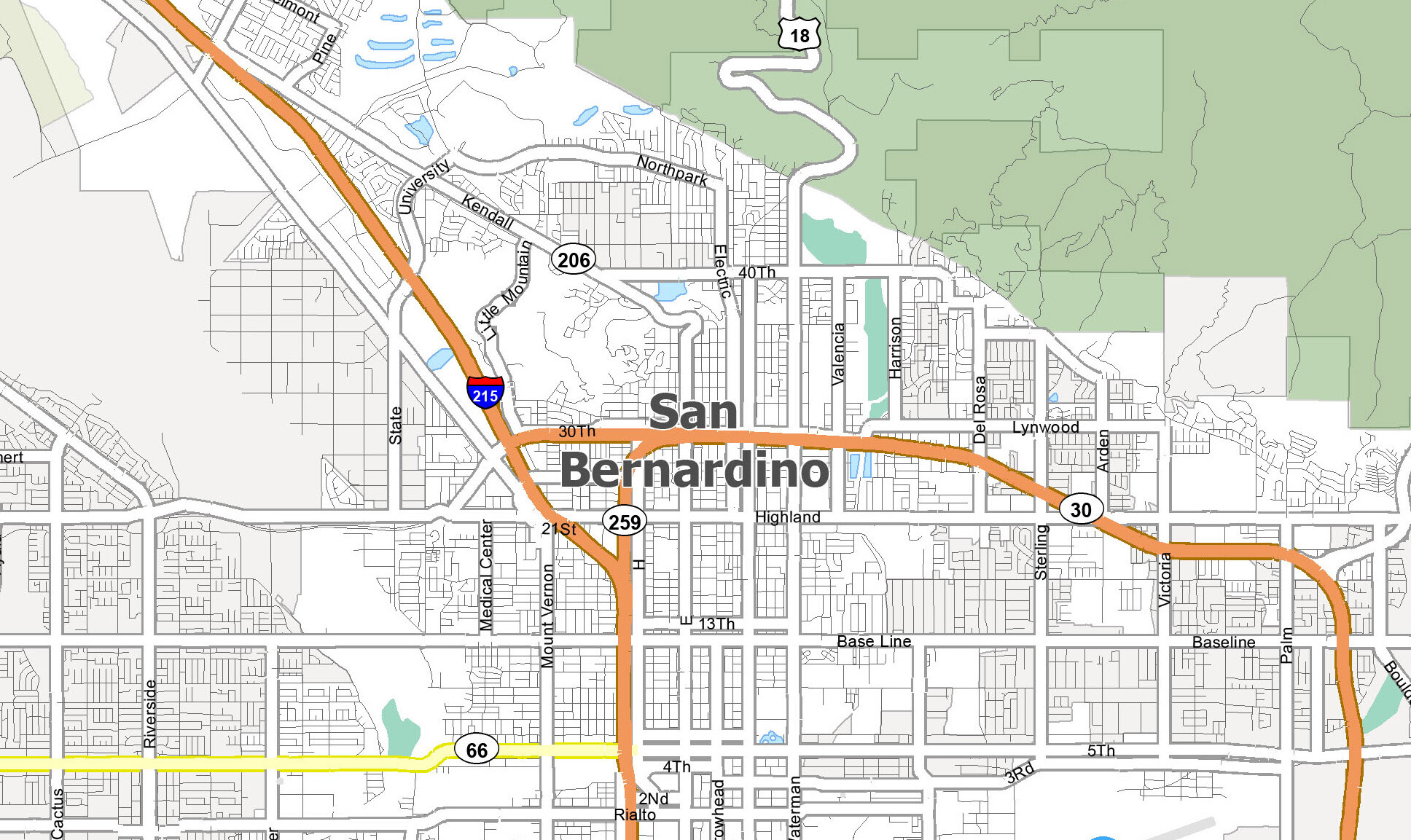


The schedule is subject to change due to weather or other reasons. At that time, the nightly closures will switch to Southbound I-5 and will continue until approximately mid-December. The work on northbound lanes will be completed by approximately mid-October. The closures involve lanes on I-5 between one mile south of Vista del Lago Road and the Los Angeles-Kern County line, a distance of 15.1 miles in the Castaic-Lebec area.Ĭurrently, crews are closing lanes on Northbound I-5. You must follow the directions on the signs posted for chain controls or any instructions given by Caltrans or CHP personnel at chain control check points, even if these are at variance with broadcast road condition reports or information contained herein.The California Department of Transportation advises motorists that some lanes will be closed at night on Interstate 5 in northern Los Angeles County for pavement work through late 2021. Some local areas may use variations of these designations. A highway will often be closed before an R-3 condition is imposed. R-1 and R-2 are the most common conditions. R-3: Chains are required on all vehicles without exception. Chains for one set of drive wheels must be carried by four wheel-drive vehicles using snow tires. R-2: Chains are required on all vehicles except four-wheel-drive vehicles under 6,500 pounds gross weight and equipped with snow tires on all four wheels. Trailers with brakes must have chains on at least one axle. All vehicles towing trailers must have chains on one drive axle. Chains must be carried by vehicles using snow tires. R-1: Chains are required on all vehicles except passenger vehicles and light-duty trucks under 6,000 pounds gross weight and equipped with snow tires on at least two drive wheels. There are three primary categories of chain restrictions, as shown below: What are the R-1, R-2 conditions that I hear about?Īlthough Caltrans does not post signs with these designations nor use them to announce chain controls to the public, they are used internally within Caltrans and the CHP as a kind of shorthand to describe chain restrictions and may be included in traffic reports disseminated by various news outlets. There is no provision to park vehicles at chain control check points. Vehicles without chains are not permitted to enter chain control areas and must return to a lower elevation where chains are not required. Must chains be carried in exempted vehicles?
#Caltrans mobile quickmap san bernardino install
If conditions worsen or you have trouble controlling your vehicle, you must stop and install the chains. Even though weather conditions may not warrant the use of chains on passenger vehicles equipped with snow tires at a particular time, to enter a chain control area, you must have a set of chains (one pair) for your vehicle in your possession. If I have snow tires, do I need to carry chains? Even though weather conditions may not warrant the use of chains on 4-wheel-drive vehicles at a particular time, to enter a chain control area, you must have a set of chains (for one drive axle) for your vehicle in your possession.

If I have 4-wheel-drive, do I need to carry chains? Chains may be required at any time at these higher elevations when conditions warrant. However, snow can fall unseasonably at higher elevations at many locations within California. Chains are also sometimes required on State Route 58 near Tehachapi between Bakersfield and Mojave, Interstate 15 over Cajon Pass between Victorville and San Bernardino, and Interstate 5 over Tejon Pass between Los Angeles and Bakersfield. Chains are most often required in the higher mountain passes of northern California, such as Interstate 5 north of Redding, Interstate 80 over Donner Pass between Sacramento and Reno, Nevada, and US Highway 50 over Echo summit between Lake Tahoe and Sacramento.


 0 kommentar(er)
0 kommentar(er)
